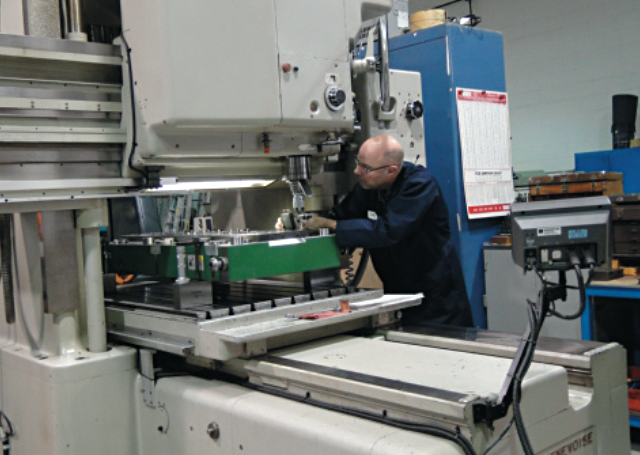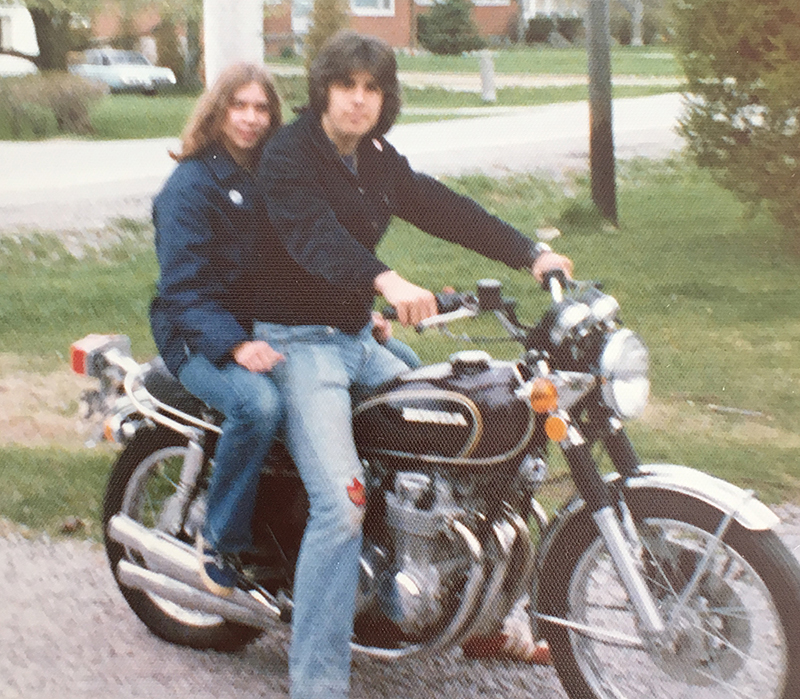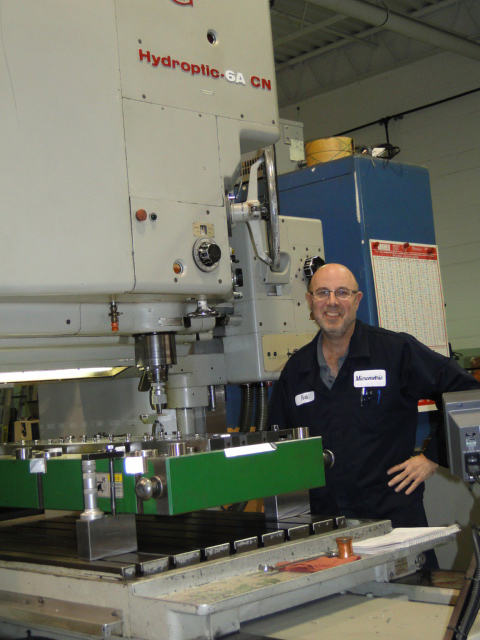Who We Are
Services
Events
News
Podcast
Connect

Robert Cattle, Executive Director, Canadian Tooling & Machining Association (CTMA) shares his apprenticeship journey with us and look where it took him!
First of all, my father was a machinist who learned his skill in England and worked for Hawker Siddley aircraft, (during WW2) and then at AVRO aircraft in Canada, so I was exposed to the industry all of my life. When the AVRO Arrow project was canceled in 1959 (the now infamous “Black Friday”), it led him to think about starting up is own shop, which he did with his brother and their very good friend, Bob Coad. The three of them started MicroMetric in 1961, a business that is still around today! As a young boy, dad would take me into the shop to see the machines and show me what he had been working on, but it didn’t really register. As I grew older, I always enjoyed tinkering with things and seeing how they worked. I got a paper route when I was 10 years old and started saving for a mini-bike, which I purchased used for $90. That led me into other motorcycles and cars, which all needed some sort of repair, which taught me a thing or two about engines. I think these hand skills and a desire to “make things” were integral to my decision to become an apprentice Tool & Die Maker. Also, I was always good at math and numbers and back then, you had to be able to figure out complex trigonometric calculations using tables and charts,….the computer and even handheld calculators had not been invented when I started my apprenticeship!

I was in my first year at U of T, but not enrolled in anything particular, just taking some math and other courses, figuring I might enroll in mechanical engineering. My dad told me that they were looking for someone to help in the shop, sweep floors, drive the delivery van, and most importantly…make tea for all the other machinists, three times a day! I figured that having a trade would be a good thing to have behind me and also that it would be good to have for some future engineering career, so I took them up on their offer. I worked from 7:00 a.m. to 6:00 p.m. most days, then went to George Brown College for night school, three days a week for four years until I finished my apprenticeship.
A couple of years after I finished my apprenticeship, my aunt became extremely ill with stomach cancer and my uncle wanted to leave the company. This left my dad and Bob at the helm, but I knew that they were looking to retire soon, and my uncle wanting to leave on such short notice was not in their initial plans. When Bob decided to leave, I bought his shares (along with another machinist, Peter, who was working there) and that became my introduction to actual shop ownership. MicroMetric was always a member of the CTMA, going back to the 1960s, so I would attend some of their plant tours and networking events. As a young owner I had a lot to learn!
I took night school courses on business and management, for it was often difficult being the boss of experienced tradesmen and having to figure out what was best for the company. When Peter retired, Vince Docimo bought his shares and became my business partner. This combination really worked, for Vince was younger than I was and we were on the same wavelength, both really hard workers, but with distinctive personalities. “Vinnie” has a more fiery personality than I do, where I am a little more reserved but it worked out well. We attended many CTMA events and I was asked to sit on the Board of Directors in the CTMA, which eventually led to where I am today. Vince was very supportive of my time spent with the CTMA, for we both believed that it elevated the awareness of our company and that we could learn and adapt best practices learned to our company. My initial plan was to sell my shares to another employee of MicroMetric, who had shown interest in ownership. Seeing that none of my children were interested in the business, I knew that the day would come that I would eventually make way for new ownership, but I had no intention of leaving at that time. It just so happened that at the same time the CTMA was looking for a new Executive Director, my deal to sell my shares and retain a small share in the company was closing and this opportunity became available. The rest they say is history. Seven years ago I accepted the position with the CTMA and after 37 years at MicroMetric, I changed direction. This was a HUGE move for me, for it was something that I did not know much about, had done no public speaking, and was not used to being in the spotlight so to speak. I think one of my strengths is the fact that I have a lot of industry knowledge, I feel comfortable on a shop floor and understand the processes of our industry. This would not have been gained without first completing my apprenticeship all those years ago.

Follow your passion when looking for a career. I know that “back in the day”, people did not switch their careers as often as they do today and that things have changed dramatically. I still feel that you have to take pride in what you do, become the best that you can be, and take responsibility for your own decisions and actions. My mum always told me, “If a job is worth doing, it is worth doing well!” (Mum was an accomplished seamstress, immigrating to Canada from England in 1947, working her way up to head seamstress in Simpson’s). My mum was just as big of an influence to me as my dad was.
I really take a lot of pride in exposing young women to the trades through all of the programs that the CTMA has brought forward over the past seven years. I know that this is a male-dominated industry but things have changed so dramatically since the day that I started when the shop walls were festooned with pin-up girls! You don’t have to have brute strength to operate machines, and computer technology has dramatically changed the way we machine and process jobs. I have always felt that at a younger age, women are more focused and have better tactile skills than their male counterparts and these are skills that are extremely beneficial to success in our trade.